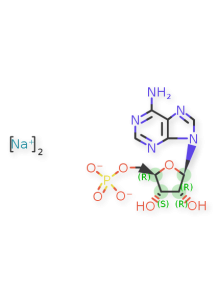Adenosine Phosphate Disodium (AMP-Na)
Cosmetics
Code: 127615
Accelerates epidermal turnover & brightens skin, Clinically proven against hyperpigmentation
Cart
No products
Subtotal:
0.00
Total
0.00
THB



